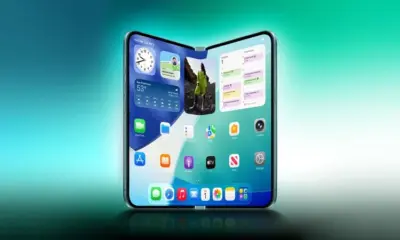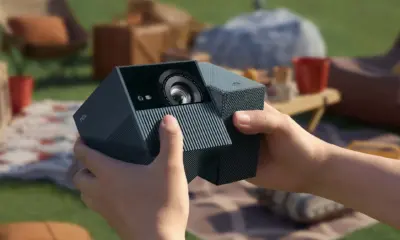News
TCL CSOT Wants to Rule the Esports Display Industry—And It’s Not Just a Panel Supplier Anymore
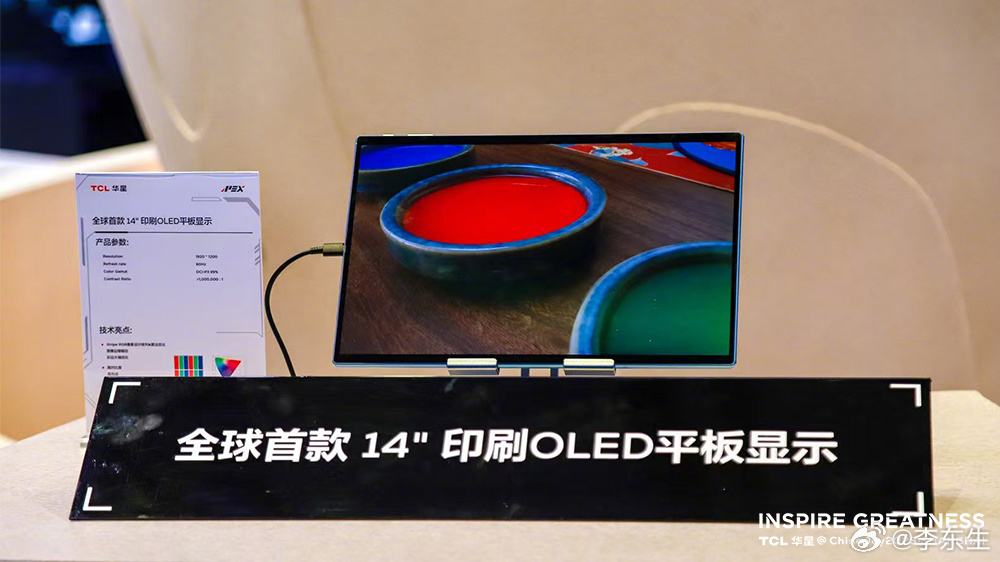
TCL CSOT made a strong appearance at ChinaJoy 2025, unveiling its latest esports display technologies under the theme “Screen Beyond Dimensions, Passion Unleashed.” The company partnered with major brands including Samsung, Lenovo, ASUS, AOC, Philips, iQOO, Acer, MSI, LG, and Thunderbird to showcase a wide range of display products and strengthen its position in the global gaming display market.
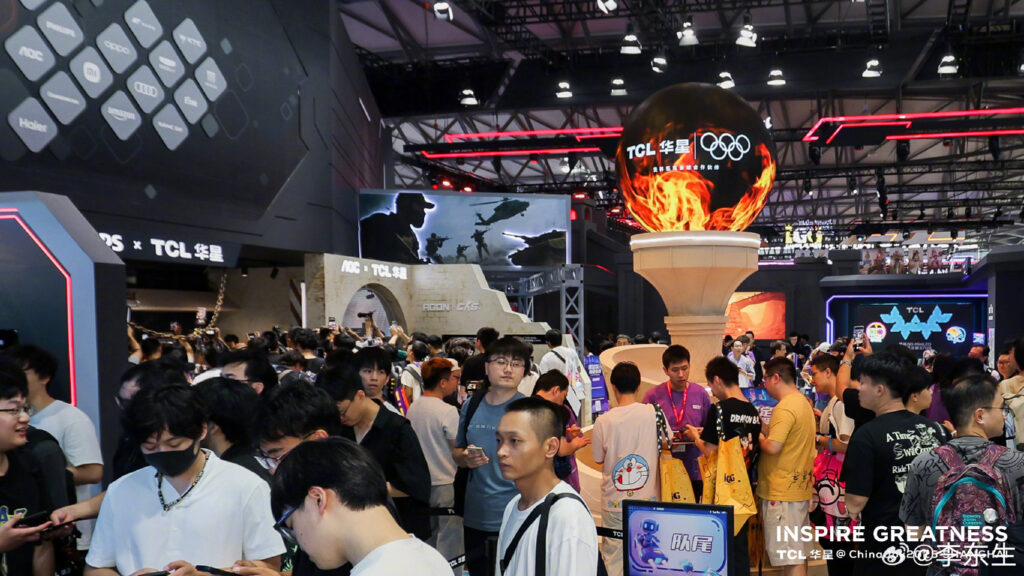
TCL CSOT hosted a formal opening ceremony at its booth, with key attendees such as TCL CSOT CEO Zhao Jun, Samsung Electronics China executive Lee Wei, and senior representatives from Lenovo, TPV, LG, Intel, and JD.com. Executives from TCL CSOT also participated in outlining the company’s roadmap for esports display innovation.

Zhao Jun confirmed in an interview that TCL CSOT led global shipments and market share in esports monitor panels from 2022 to 2024. One out of every three esports monitors worldwide currently uses a TCL CSOT panel. He said the company plans to maintain this lead by expanding into new display sizes and categories across phones, tablets, laptops, monitors, and TVs.
The company’s APEX brand will continue to drive display innovation, focusing on four pillars: visual performance, eye comfort, sustainability, and future-ready form factors. TCL CSOT is investing in both LCD (HVA, HFS) and OLED (FMM, IJP) technologies to improve contrast, reduce blue light, and introduce flexible and 3D-capable displays.
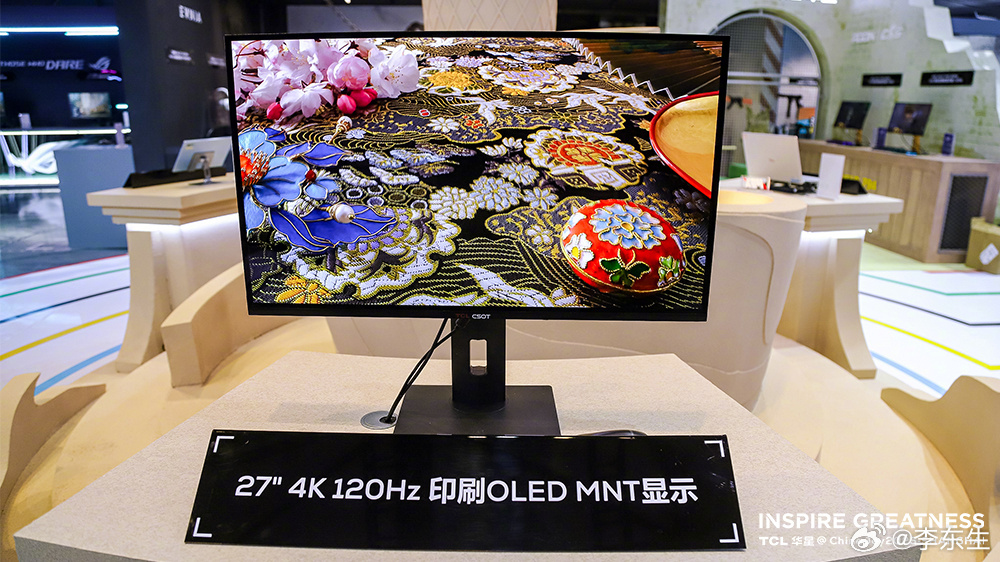
Director of MNT Product Development Li Shanyong introduced three new display technologies for esports monitors. The HVA Fast series features 1ms response times and ultra-wide curved screens up to 57 inches. HVA Black targets cinematic performance with native 5000:1 contrast and high refresh rates up to 500Hz. HFS Shoot supports high-resolution, high-refresh performance with dual-mode refresh and glasses-free 3D using cylindrical lens tech.
TCL CSOT also previewed its printed OLED panel, which targets low blue light (≤20%) and features dynamic compensation to prevent burn-in without requiring user input.

Samsung unveiled four new Odyssey gaming monitors that use TCL CSOT panels. The lineup includes the 27-inch UHD 165Hz G90XF with glasses-free 3D, the 40-inch WUHD 180Hz G75F, the 37-inch UHD 165Hz G75F, and the 27-inch UHD 180Hz G70F with dual refresh modes.
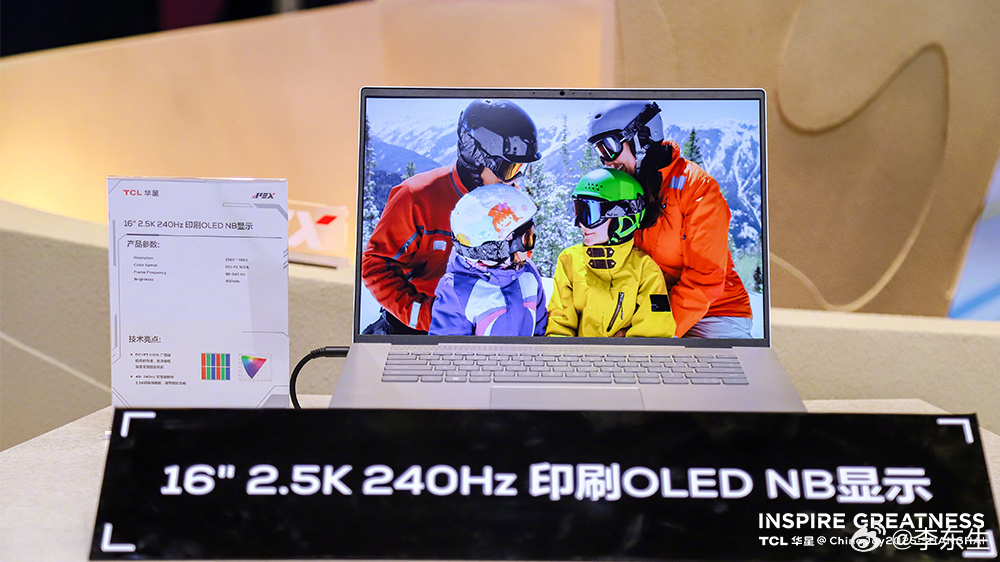
Zhao Jun stated that TCL CSOT plans to grow globally by setting up localized manufacturing and client labs for various product categories. He added that the company will continue investing in esports IP and technology to deliver a complete portfolio of gaming displays for all use cases.
In related news, we recently broke down how TCL NXTPAPER compares to AMOLED and IPS in terms of eye comfort, and also explored TCL’s inkjet-printed OLED technology.
News
Apple’s Foldable iPhone Could Fuel Big Gains for TCL CSOT

Apple is expected to enter the foldable smartphone market in 2026, and its arrival could significantly impact the display supply chain. According to a new report from Counterpoint Research, global shipments of foldable smartphone panels are forecast to grow 46% year-on-year, with Apple’s panel procurement plans playing a major role in driving that increase.
While Samsung Display is projected to lead with a 57% market share, TCL CSOT is quietly emerging as one of the fastest-growing players in the foldable panel segment. Counterpoint estimates that TCL CSOT will see a 47% year-on-year growth in foldable panel shipments in 2026, placing it ahead of several competitors in terms of momentum.
The report highlights a shift in consumer preferences toward book-style foldable devices with large, inward-folding displays. These designs are gaining traction in both global and Chinese markets, where buyers are prioritizing screen size and productivity features over compact form factors. Samsung’s Galaxy Z Fold 7 has already outsold the Flip model in early sales during the second half of 2025, underlining the trend.
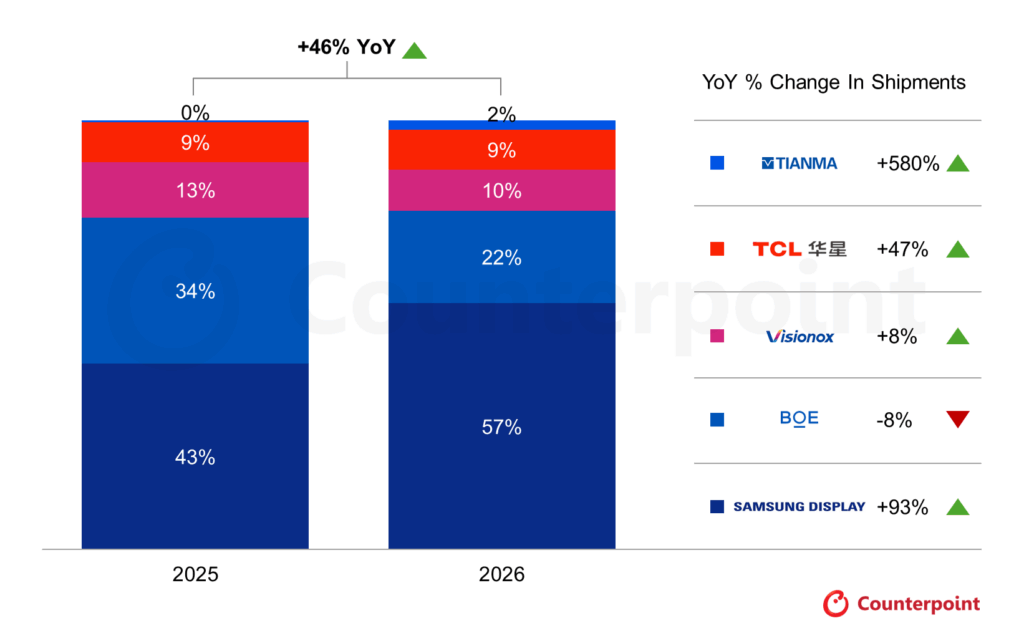
Panel makers are expected to post uneven results next year. BOE may experience an 8% decline, while Visionox is projected to grow 8%. Tianma is forecast to achieve the highest year-on-year surge at 580%, though from a smaller base. TCL CSOT’s 47% growth positions it as a key player poised to benefit from rising demand and higher average selling prices.
Counterpoint also expects foldable smartphone shipments to grow 14% in 2025 and 38% in 2026. As Apple prepares to enter the market and push foldables into the mainstream, TCL CSOT appears well-placed to expand its presence in the global foldable display market.
In related news, TCL CSOT is supplying the display panel for AOC AGON’s 1000Hz gaming monitor, the AGP277QK, while TCL has also launched the PlayCube, A1S, and C1 portable projectors in the UK.
News
TCL launches PlayCube, A1S, and C1 portable projectors in the UK
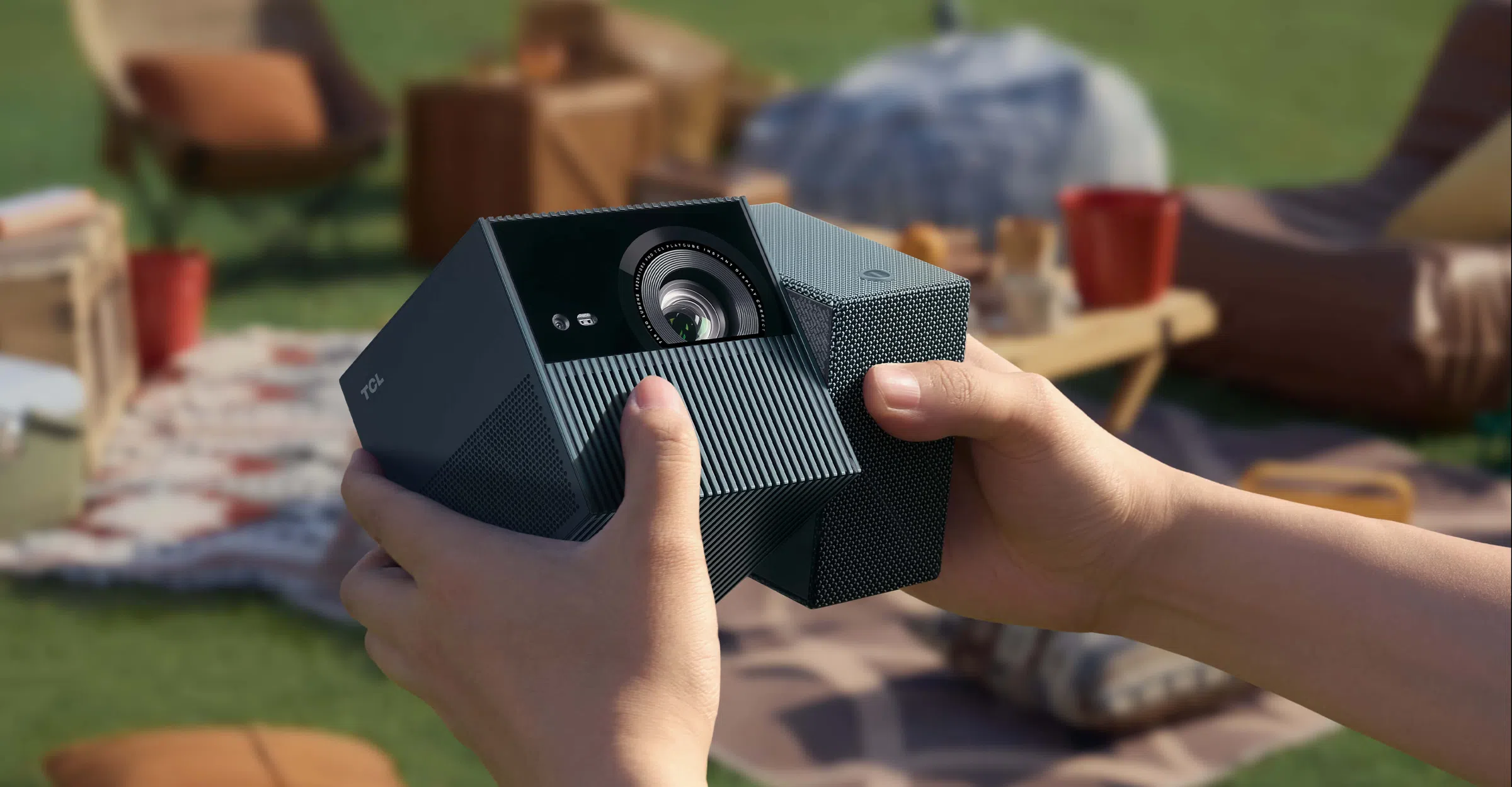
TCL has launched its full range of portable projectors in the UK. The lineup includes the uniquely designed PlayCube, the versatile A1S, and the compact C1. All three models are also available in the U.S.
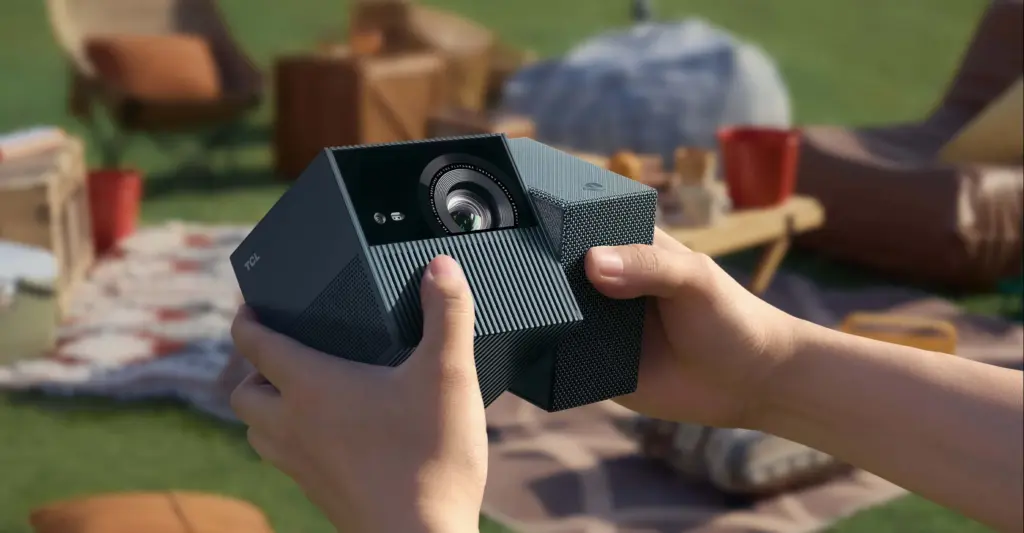
The PlayCube, priced at £799.99 in the UK and $749.99 in the U.S., features a cube-shaped design inspired by the Rubik’s Cube. It weighs under 1.4kg and runs wirelessly for up to three hours thanks to a built-in battery. It uses Google TV with optimized Netflix support, and its rotatable lens design allows flexible image placement on walls, ceilings, or tents.
The projector outputs 750 ISO Lumens and supports 4K input, although its native resolution is 1080p. It covers 124% of the Rec.709 color gamut and features instant autofocus, auto keystone correction, and Dolby Digital Plus audio.
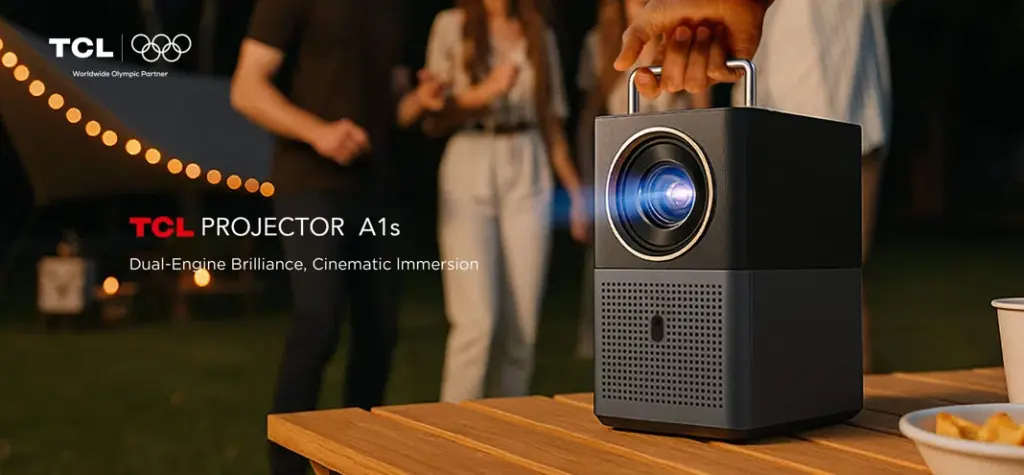
The A1S, priced at £369.99 in the UK and $330 in the U.S., features a tower design with a built-in “Versagrip” handle that acts as a stand. It also uses Google TV with Netflix, supports 4K input on a 1080p panel, and outputs 600 ISO Lumens. A 16W speaker system with passive radiators and reactive lighting adds entertainment value, especially during outdoor or party use.

The C1 is the most affordable option at £249.99 in the UK and U.S. It retains full HD resolution, Google TV, Netflix support, and automatic image adjustments. It delivers 230 ISO Lumens and can project up to 120 inches. The rotating gimbal handle helps with angle adjustment, and the built-in 8W speaker removes the need for external audio gear.
In related news, we recently covered the best TCL TVs under $500 you can buy in 2025, so do check that out as well.
(Via)
News
TCL CSOT Powers AOC AGON’s 1000Hz Gaming Monitor AGP277QK

TCL CSOT is emerging as a driving force behind the next evolution in gaming displays. Following Philips’ announcement of the world’s first 1000Hz monitor, the EVNIA 27M2N5500XD, TPV’s other major brand, AOC AGON, has now unveiled the AGP277QK, another ultra-high-speed gaming monitor built on TCL’s latest panel innovations.
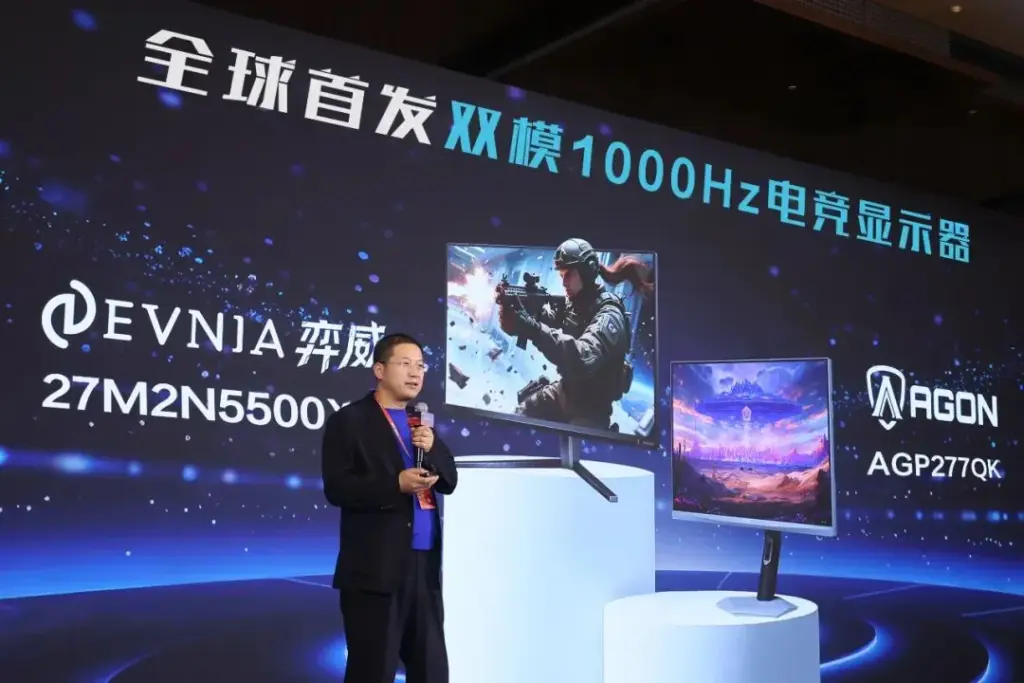
The AGP277QK made its debut at the “Esports Market Empowerment and High Resolution Gaming Display Trends Seminar” hosted by TCL CSOT in Beijing on December 4. The monitor supports two native refresh modes: 500Hz at QHD and 1000Hz at HD resolution. Both displays are powered by TCL’s advanced HFS Shoot technology, signaling TCL CSOT’s leading role in pushing refresh rates into four-digit territory.
TCL’s HFS Shoot panel enables extreme motion clarity with a 0.3ms MPRT and 0.5ms GtG response time. It also delivers a 2000:1 static contrast ratio, 10-bit color depth, and ΔE < 1 color accuracy. The panel covers 95% of the DCI-P3 color gamut and includes certified low blue light and flicker-free eye protection, features increasingly demanded by esports professionals and competitive gamers.

The AGON AGP277QK comes with modern connectivity options, including DisplayPort 2.1, HDMI 2.1, and USB 3.2 ports. It also features RGB Light FX that syncs with audio playback, aligning with gaming setups that value both performance and style.
TCL’s deep integration with TPV brands highlights its growing impact across the gaming display ecosystem. By enabling both Philips and AOC to deliver cutting-edge 1000Hz monitors, TCL CSOT is not only pushing panel technology forward but also setting new benchmarks in high refresh rate gaming.
In related news, China’s TV market recorded a 15.7% drop in November shipments despite the extended Double 11 campaign, and Hisense launched a 4K 160Hz dual mode monitor that also functions as a Dolby Vision TV.
(Via)

